Flickering lights can be a reason of great frustration when you sit under it doing an important work. Technical faults are the underlying reason behind this. There is a generalized view that the dropping of voltage led your light to cause flicker. But, apart from technical issues, a lot of other reasons also involved in the flickering of fluorescent lights. We will peak a look in these small unnoticed issues that will help you to cope with this situation at home. Here’s what causes fluorescent lights to flicker–
It also depends on your bulb type
By nature, fluorescent lights tend to flicker more compared to LED and other types of bulb. If the bulb is old, then also it causes flickering.
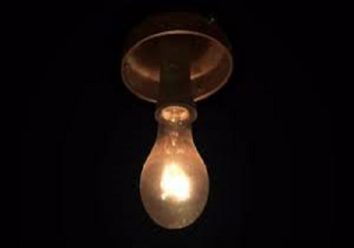
image credit
https://www.google.co.in
Moreover, certain other factors including the temperature and warm up cycles also make this happen. Replacement is the only option to get rid of the flickering lights.
If the bulb is loose
Loose bulbs also cause the flickering of fluorescent lights. If a bulb is not attached properly to the socket, it keeps rattling. Tightening of it will stop the flickering of fluorescent lights.
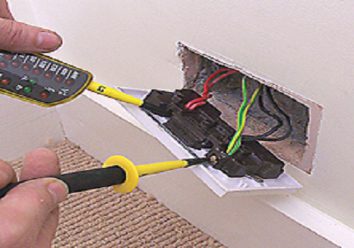
image credit
http://www.myholidaydisplays.com
Sometimes it happens because of a poor connection
The main causes lie behind the flickering of fluorescent lights is the on-off switch. You can know about how bad is the connection by simply moving the switch up and down. while doing it, if your light becomes dim, then you will know it is a very bad connection. Replacement of flickering lights is a slightly difficult to carry out all by yourself. So you need an expert in this circumstance. In some instances, a bad plug might be a culprit. A damaged prong inside the plug is the troubling thing behind the flickering of fluorescent lights.
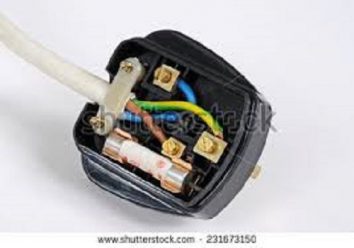
credit image
https://thumb1.shutterstock.com
In such cases, you just need to pull out the plug and keep the prongs in the right position.
Huge current draws might cause lights to flicker
If you use large appliances at home, they draw more currents and hence it affects the distribution of currents and cause the fluorescent lights to flicker. Here you will need some professional help to check that all your appliances are properly wired and they are not affecting your home circuit.
Though flickering lights is a not a cause of worry from the safety point of view, yet they create so many problems at home. Dimming creates frustration and impacts the peace of mind you need to perform any task. Defective wire at home is the underlying reason for flickering lights in most of the cases.
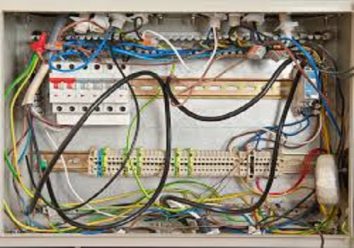
image credit
http://media.safebee.com
They create overheating inside the system and cause them to flicker.
Final verdict
Go for a new connection if your fluorescent lights trouble you frequently. Replacing a light is not a problem, but changing the whole structure of a point is not an easy job, only a professional hand can accomplish this task. However, these few handful tips could save you in situations when your personal handyman cannot arrive on time to replace your flickering lights.
Loading recommendations...

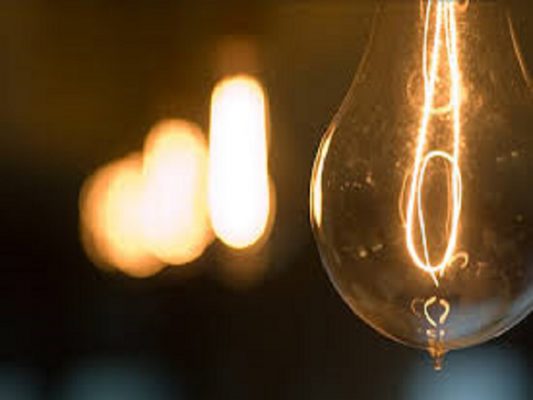
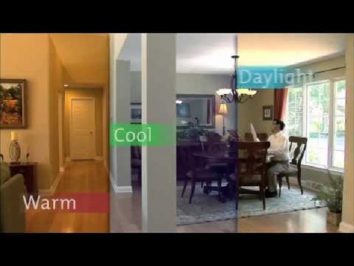


Thanks for sharing.
I have decided to be one of your daily visitors after discovering the vital information you published on your blog. Keep posting valid content like this.
At the same time, I am sure that only specialists in their field can provide security. Therefore, you should contact only reliable and trusted companies. So to get reliable technical support, I advise you to pay attention to https://wow24-7.io/technical-support They only use cutting edge technology to provide consistent and reliable technical support, employing only qualified professionals with sufficient experience to provide customers with effective solutions.
For me, safety always comes first too
If your light develops dim, then you will know it is a very bad joining. Replacement of lambent lights is a slightly problematic to carry out all by by hand.
Most common issue with this barring start up loads, or dirty power consuming devices is loose conductors. Have a qualified electrician check and reset all of the bus and breaker connections in your panel, and then again at the meter, especially if you have aluminum conductors